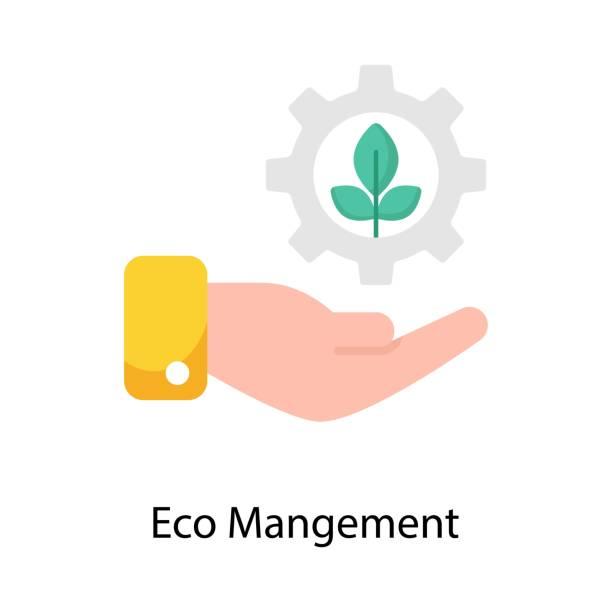How to Configure and Manage ECO Approvals on ECO Stages in Odoo 18

Introduction
In complex manufacturing and product development environments, controlling changes properly is crucial. As an Odoo Consultant, one of the core tasks is to ensure that Engineering Change Orders (ECOs) flow through defined approval stages so that no change is applied without proper oversight.
In Odoo 18, the PLM (Product Lifecycle Management) module offers built-in support to configure ECO stages with designated approvers and rules for when approvals are mandatory, optional, or comment-only. This article walks you through how to set it up and manage the workflow reliably.
Understanding Key Concepts
What is an ECO in Odoo 18
An Engineering Change Order (ECO) in Odoo is a structured mechanism for managing modifications in Bills of Materials (BoMs), product designs, or routing. The change goes through multiple stages (e.g. New, In Progress, Validated, Effective) before being applied to production.
ECO Types and Stages
-
ECO Types categorize changes (such as “New Product Introduction” or “BoM Update”) and group ECOs into projects.
-
Stages represent progression milestones in the ECO’s lifecycle. Each stage can be configured with its own rules and approvers.
-
A typical best practice is to have at least one verification stage (with required approver) and a closing or effective stage where changes are applied.
Approval Types Available
When assigning approvers at a stage, Odoo supports three modes:
-
Is required to approve — mandatory approval before changes can proceed
-
Approves, but the approval is optional — the user can approve, but it’s not mandatory
-
Comments only — the user adds comments but their approval is not strictly required.
Step-by-Step: Configuring ECO Approval Workflow
1. Install and Access the PLM Module
-
Go to Apps
-
Search for PLM (Product Lifecycle Management) and install it, if not already.
-
Once installed, open the PLM app.
2. Define ECO Types
-
Navigate to Configuration → ECO Types
-
Click New to create a type
-
Provide a Name and optional Email Alias (to auto-create ECOs via email) .
-
Save the type
3. Configure ECO Stages
-
Within the PLM module, go to Configuration → ECO Stages
-
You’ll see existing stages; click New to add more
-
Fill fields such as:
-
Stage Name
-
ECO Type (the stage belongs to which type)
-
Checkboxes:
-
Folded in Kanban view — customize visibility in the Kanban board
-
Allow to apply changes — whether changes can be applied at this stage
-
Final stage — marks this as the last stage in the workflow.
-
-
-
Under the Approvals section, add lines:
-
Specify Role (e.g. Engineering Manager)
-
Choose User
-
Select Approval Type (Is required, Optional, or Comments only)
-
-
Save the stage
4. Best Practices in Stage Design
-
Make sure at least one stage is verification stage with an Is required to approve approver.
-
The Final stage should often enforce a required approval.
-
Intermediate stages can use optional or comment-only approvals to allow flexibility but maintain traceability.
Managing Approvals During an ECO Lifecycle
5. Creating an ECO
-
In PLM, go to Engineering Change Orders → New
-
Fill in details: Description, ECO Type, Apply On (Product or BoM), Product, BoM, etc.
-
Click Start Revision to begin the staged change process
6. Using the Stage Pipeline & Gantt View
-
The ECO appears in the Kanban or Gantt layout
-
Hover over a stage and use the gear or Edit option to modify stage-level approvers or behavior as needed.
7. Approval Actions (Approve / Reject / Comment)
-
When an ECO enters a stage that has a required approver, the assigned user will see Approve, Reject, or Apply Changes buttons (if allowed) .
-
For comment-only or optional types, the approver can leave a comment instead
-
Note: Apply Changes can only be executed after required approval (if set)
-
Automated Activity Notifications
-
Odoo creates activity reminders for approvers when ECOs reach stages that need their intervention.
-
Users can monitor pending approvals via “My Validations” or “All Validations” buttons in the PLM dashboard .
9. Dealing with Rejections
-
If an approver rejects the ECO, a follow-up activity can be scheduled
-
The ECO can be reverted to a prior stage, and modifications requested before resubmission.
Applying Approved Changes & Version Control
10. Final Stage Execution
-
Once the ECO reaches the final stage with required approval, users click Apply Changes
-
This updates the BoM version in production, archives the previous version, and activates the new version.
11. Version Control & Rebase Handling
-
Odoo retains past BoM versions tied to their ECOs, enabling traceability and rollback if needed.
-
In cases where multiple concurrent ECOs touch the same BoM, Apply Rebase can reconcile changes to maintain consistency.
Example Walkthrough (BoM Update for a Product)
Let’s consider a product “Coffee Powder”:
-
Create initial BoM with Coffee Beans + Packaging
-
Create an ECO of type BoM Update
-
Define new stages: New, In Progress, Validated, Final
-
Validated has required approval from a QA manager
-
Final is the closing stage
-
-
In ECO, add a new component (e.g. Silver Aluminium Pouch)
-
Move through the stages: skip optional approval, enter validated stage -> the QA manager must approve
-
Once approved, reach final stage and click Apply Changes
-
The product’s BoM version is updated to the new one
-
Previous BoM is archived for traceability.
Tips & Best Practices
-
Keep approval bottlenecks minimal — assign few but essential approvers.
-
Use comment-only modes for stages where feedback is helpful but not mandatory.
-
Notify stakeholders by email templates at key approvals.
-
Archive obsolete ECOs to maintain a clean pipeline.
-
Train your team so they understand each stage’s significance and when approval is needed.
Final Thoughts
Configuring and managing ECO approvals on ECO stages in Odoo 18 is a powerful way to enforce product integrity, compliance, and accountability. With the right stage design and approver settings, you can ensure that no design or process change slips into production unchecked.
As an Odoo Consultant, your role is to tailor this workflow to your organization’s structure and ensure smooth adoption. The PLM module’s built-in approval mechanism, version control, and audit trail make Odoo a strong choice for manufacturing and engineering development environments.
If you like, I can also generate a graphical flowchart or diagram of the ECO approval process to include in your article. Do you want me to build that for you?
Categorii
Citeste mai mult
Chrome Hearts Jewelry: Rings, Necklaces, and Earrings When it comes to luxury jewelry that blends bold design with rock-and-roll aesthetics, Chrome Hearts stands as an iconic brand. Founded in 1988 in Los Angeles, the label has become a symbol of edgy sophistication, worn by celebrities, musicians, and fashion enthusiasts worldwide. Among its most sought-after pieces are the Chrome Hearts...

The kidney renal function test market has experienced significant growth in recent years, driven by the increasing prevalence of kidney diseases and the growing demand for early detection and monitoring of renal function. Kidney renal function tests are a series of blood and urine tests that assess the functioning of the kidneys and help diagnose various kidney-related disorders. The global...

The Blood Warmer Devices Market is experiencing robust growth, primarily driven by the critical need to prevent hypothermia during surgical procedures, trauma care, and mass transfusions. These devices are essential for warming blood, blood products, and intravenous (IV) fluids to maintain a patient's core body temperature, thereby reducing complications and improving patient...

Executive Summary Banana Flour Market Size and Share Analysis Report El tamaño del mercado mundial de harina de banano se valoró en USD 730,20 millones en 2023 y se proyecta que alcance los USD 1.062,51 millones para 2031, con una CAGR del 4,80% durante el período de pronóstico de 2024 a 2031. Accomplishment of maximum return on investment (ROI) is one of...

In the dynamic tapestry of global commerce, the role of a Corporate Lawyer is often misunderstood. The common perception is of a litigator, a professional who steps in during a crisis or a lawyer dispute in Sweden or beyond. While resolving conflict is a critical function, this view is fundamentally limited. The modern Corporate Lawyer is a strategic architect, a...


